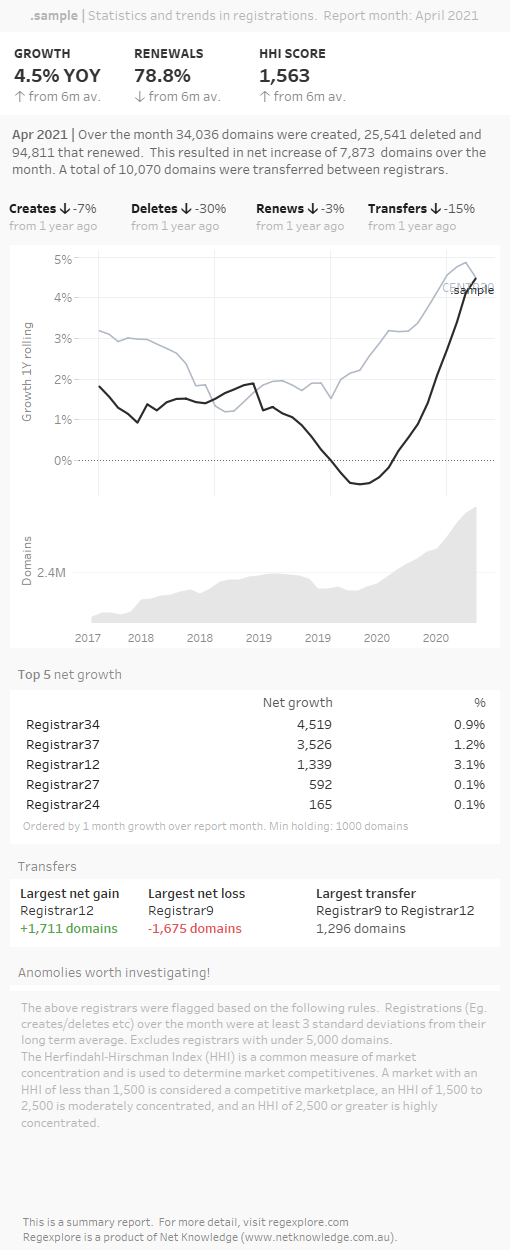Project Brief: Web Application for Structured Data Entry
Overview
We are seeking a developer (or small team) to build a clean, minimalist web application that allows users to manage structured data. The system will connect dynamically to our existing PostgreSQL database and support both individual and bulk data entry.
Core Features
User Authentication
Account creation
Email verification
Login/logout
Password reset functionality
Data Management Interface
Add individual rows to a table
Edit existing rows
Bulk upload via CSV/Excel file
Downloadable template to guide upload formatting
Frontend validation for structure and basic rules
Backend Requirements
API to connect with a PostgreSQL database (already set up)
Secure data submission and retrieval
Input sanitization and basic error handling
Frontend/UI
Simple, clean, and modern design
Easy-to-use interface for interacting with data
Responsive and mobile-friendly layout
Admin View (Preferred)
Ability to view all users and their data
Download/export user data
Basic user management (e.g., deactivate users)
Optional: view logs or recent user activity
Custom Domain Setup
The site should be hosted under our own domain name (we will provide the domain)
Assistance with domain configuration and HTTPS setup (SSL certificate)
Deliverables
Fully functional web application
Frontend and backend code (well-documented and maintainable)
Deployment-ready codebase
Setup instructions and light deployment support
Documentation for setup, database structure, and user management
Timeline
We expect this project to be completed within 3–4 weeks, assuming one developer. A small team may deliver it sooner (2–3 weeks). This includes:
Authentication setup
Data interaction features
Admin view
UI/UX polish
Testing and documentation
Help pointing the site to our custom domain
How to Submit a Bid
Please email your proposal to projects@netknowledge.com.au.
Include the following in your bid:
Total price (fixed cost preferred)
Estimated timeline
Brief outline of your proposed tech stack or approach
Links to similar projects or your portfolio (if available)















